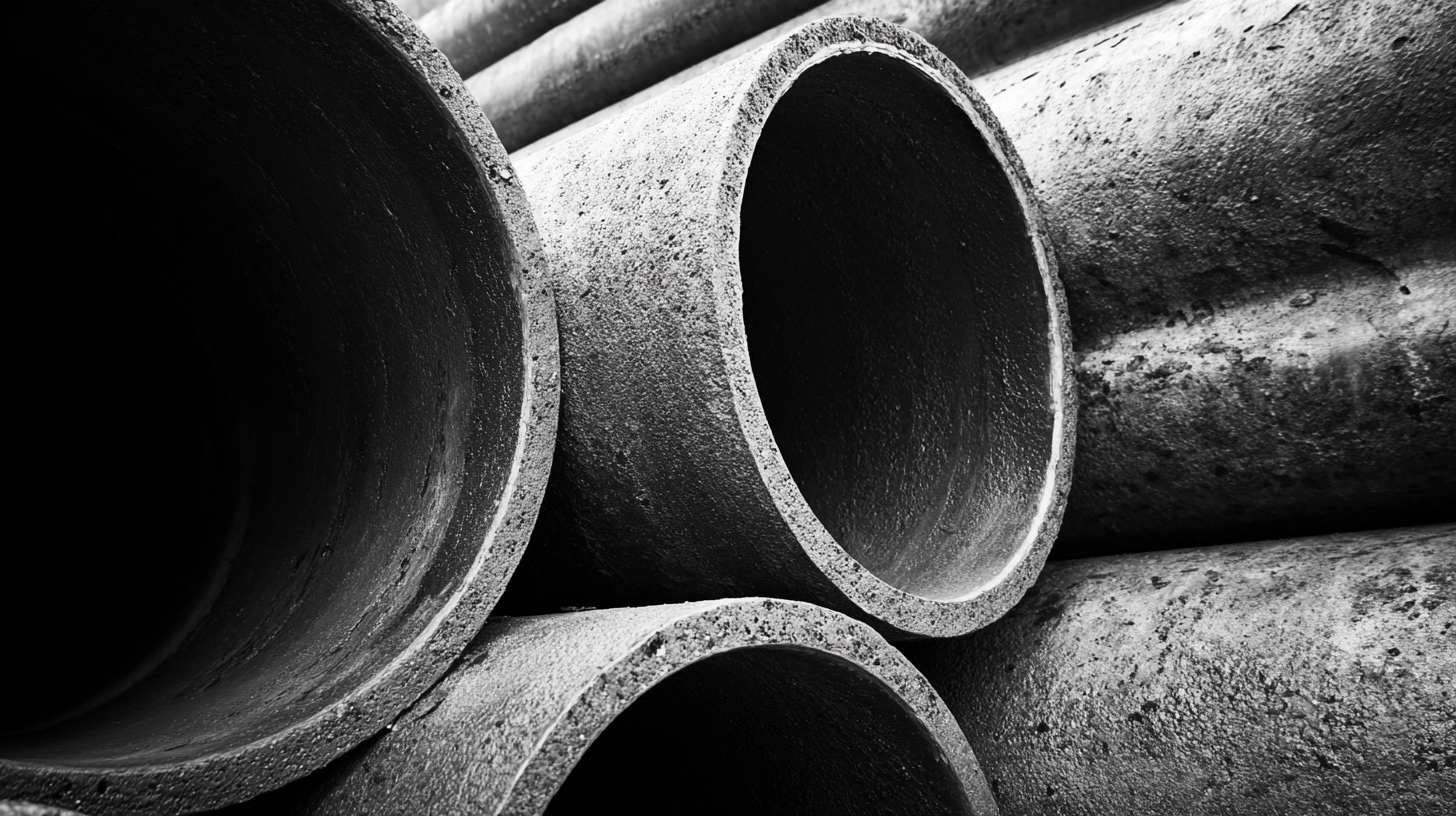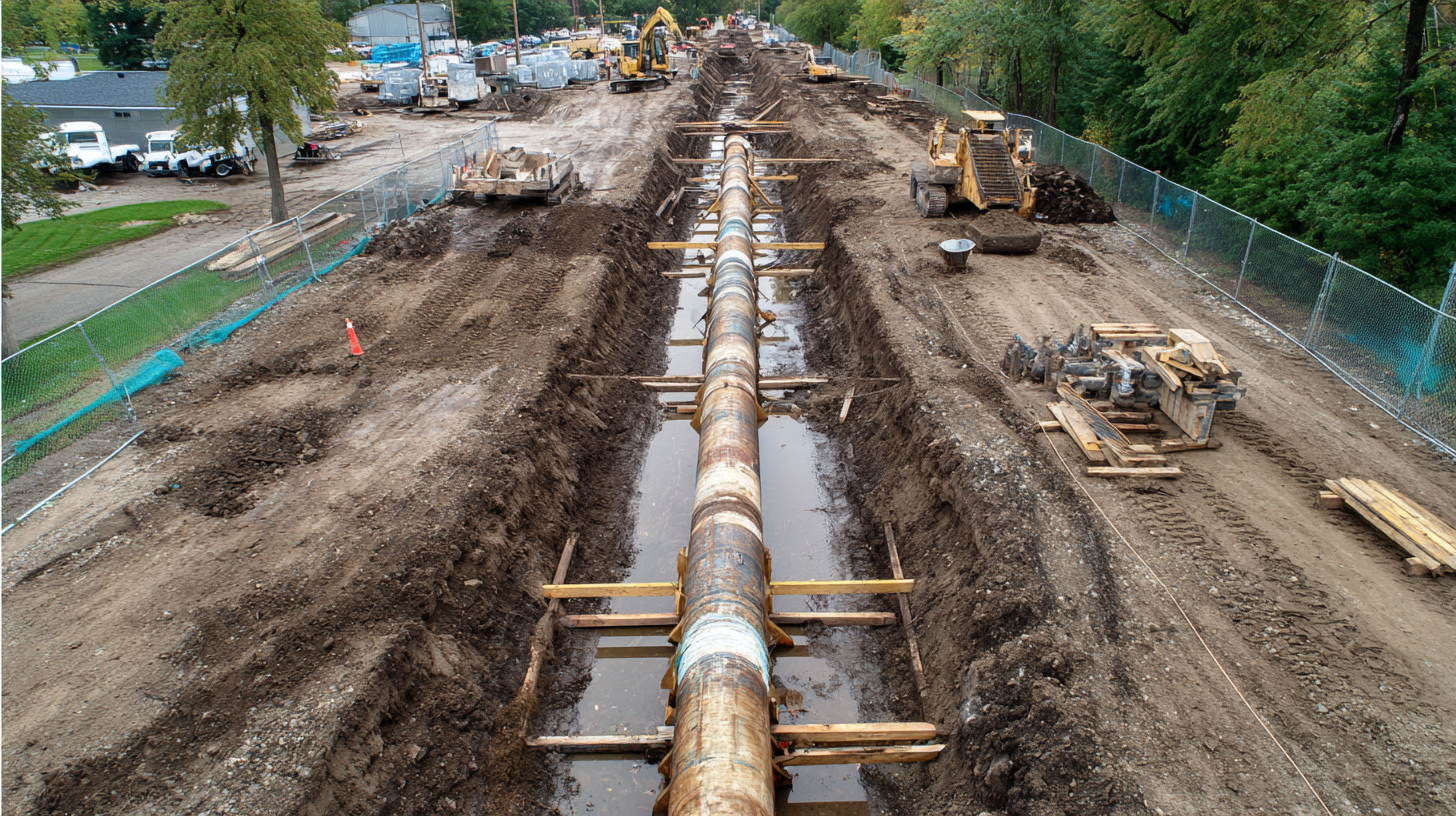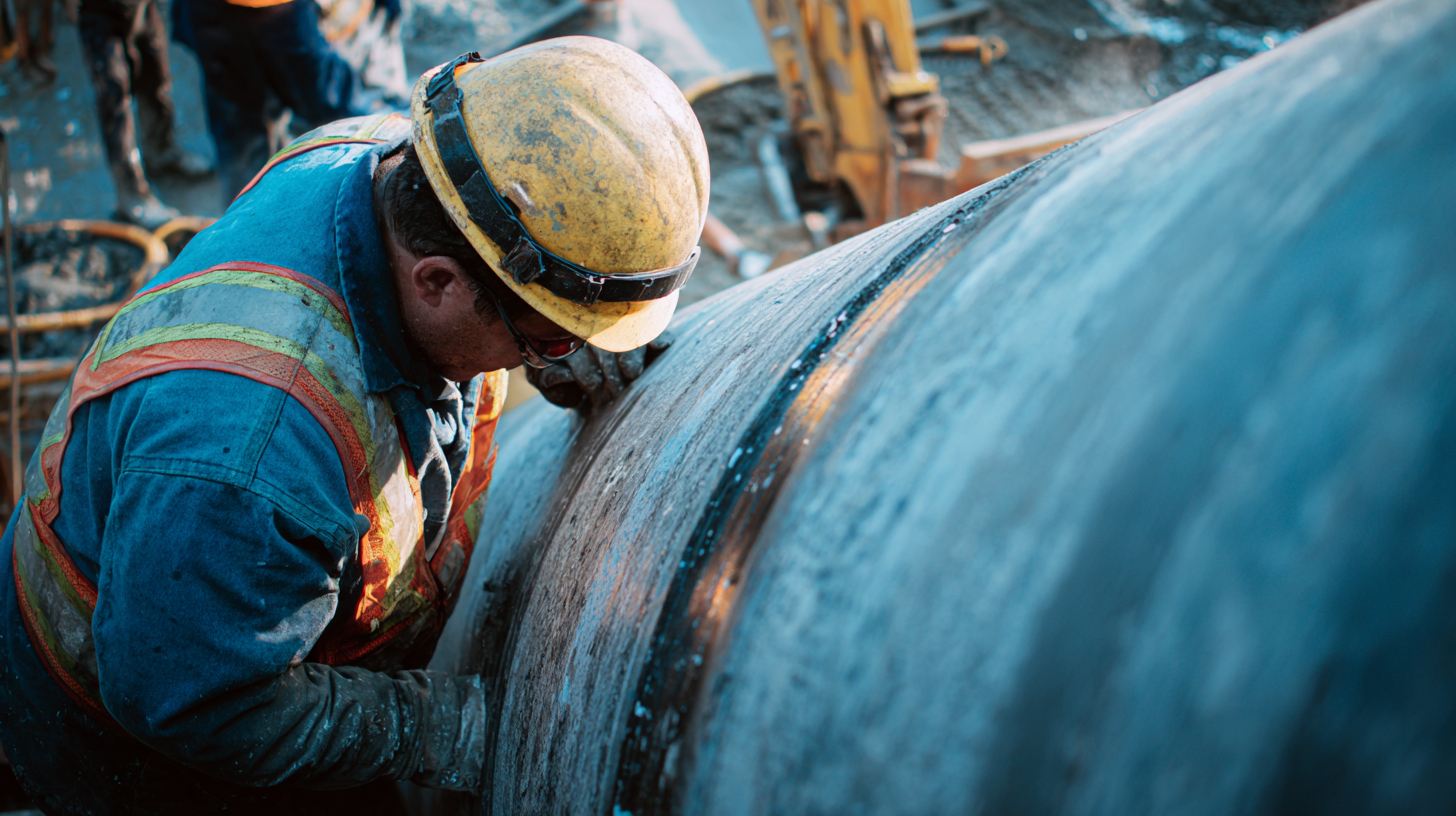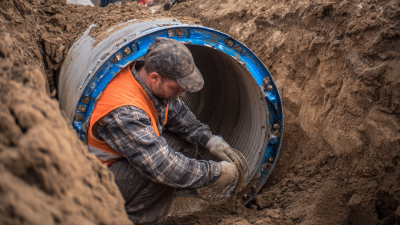Complete Guide to Efficient CIPP Pipe Repair Techniques for Modern Infrastructure
As urban infrastructure continues to age, the need for effective and efficient repair methods becomes increasingly critical. The trenchless technology of CIPP (Cured-In-Place Pipe) repair has emerged as a frontrunner in the quest to restore aging pipelines without the need for extensive excavation. According to a report by IBISWorld, the pipe and sewer inspection industry has seen a steady growth rate of 4.3% annually, underscoring the rising demand for innovative solutions like CIPP pipe repair. This method not only enhances the structural integrity of existing pipes but also reduces environmental impact and minimizes disruption to daily operations. As municipalities grapple with aging pipelines, a deeper understanding of CIPP pipe repair techniques will provide essential insights to optimize repairs, extend pipeline life, and ultimately save costs in infrastructure maintenance.

Overview of CIPP Pipe Repair: Benefits and Applications
Cured-in-Place Pipe (CIPP) repair is a revolutionary technique that has transformed the way we approach infrastructure maintenance. This method involves the installation of a resin-saturated liner into existing pipes, which is then cured in place, creating a new pipe within the old one. One of the primary benefits of CIPP repair is its efficiency; it significantly reduces the need for extensive excavation, minimizing disruption to the surrounding environment and saving valuable time. This technique is ideal for urban areas where space is limited and timely repairs are crucial.
In addition to its efficiency, CIPP pipe repair offers long-lasting solutions for various applications, including stormwater lines, sewer systems, and potable water pipelines. The materials used are designed to withstand various environmental conditions, extending the lifespan of the infrastructure. Moreover, CIPP is a sustainable option, as it often rehabilitates existing pipelines rather than replacing them entirely, which results in less waste and a smaller carbon footprint. With its array of benefits, CIPP pipe repair is rapidly becoming the go-to solution for municipalities and contractors focused on maintaining modern infrastructure effectively.

Key Techniques in CIPP Installation: Step-by-Step Guide
Cured-in-Place Pipe (CIPP) repair is an innovative technique that offers a reliable and efficient solution for rehabilitating deteriorated pipelines. The step-by-step installation process is crucial for ensuring both effectiveness and durability. To begin, the damaged section of the pipe is thoroughly inspected using advanced technologies like CCTV cameras. This helps in determining the extent of damage and ensures a tailored approach to the repair.
Next, the necessary preparations are made, which include cleaning the pipeline to remove debris and misplaced materials. A resin-saturated liner is then inserted into the pipe. This liner is carefully expanded to fit the existing pipe’s shape and is cured using either steam or UV light. The curing process solidifies the resin, creating a strong, joint-free pipe within the old one, enhancing the pipeline’s integrity and extending its lifespan. Following these steps accurately is essential for achieving a successful CIPP installation, highlighting the importance of skilled technicians in this modern infrastructure repair technique.

Innovative Materials for Enhanced CIPP Performance
Cured-in-place pipe (CIPP) repair techniques have evolved significantly, with innovative materials enhancing their performance for modern infrastructure needs. The introduction of advanced resin systems, such as epoxy and polyurethane, has revolutionized CIPP applications. These materials not only provide better bonding and flexibility, but also exhibit superior resistance to chemical degradation, ensuring longevity and durability in various environmental conditions.
Tip: When selecting materials for CIPP projects, consider the specific conditions of the pipeline. Assess factors like temperature variations, chemical exposure, and pressure levels to choose the most suitable resin that offers optimal performance.
Furthermore, the advent of smart technologies in CIPP has led to the use of sensors and monitoring systems embedded within the liners. These smart materials allow for real-time data collection, enabling proactive maintenance and early identification of potential issues, ultimately extending the lifecycle of the infrastructure.
Tip: Incorporate smart technologies during the CIPP installation process to benefit from ongoing monitoring. This proactive approach can save costs in the long run by addressing problems before they escalate into major repairs.
Cost-Effectiveness of CIPP Repairs: A Comprehensive Analysis
CIPP (Cured-in-Place Pipe) repair techniques are increasingly acknowledged for their cost-effectiveness, particularly in addressing modern infrastructure challenges. The global trenchless pipe rehabilitation market is poised for substantial growth, expected to reach $43.46 billion by 2034, driven by the efficiency and reduced disruption that CIPP methods offer. This guided approach not only minimizes the need for extensive excavation but also enhances the longevity of existing pipes, making it a financially savvy choice for municipalities and private sectors alike.
When considering CIPP repairs, it's essential to prioritize the assessment of your current infrastructure. Conducting a thorough inspection of all pipelines and manholes can identify critical areas that require immediate attention, ensuring that funds are allocated efficiently. Additionally, implementing a phased rehabilitation plan can spread out costs over time while maintaining service continuity.
Another tip for maximizing the cost-effectiveness of your CIPP projects is to stay informed about the latest materials and techniques in the industry. Recent studies on Dual-Stress aging of UV-CIPP composites reveal insights into their durability under harsh conditions. Adopting advanced CIPP materials can lead to longer-lasting repairs, reducing the likelihood of future maintenance costs and enhancing overall infrastructure resilience.
Common Challenges in CIPP Repairs and Solutions
Cured-in-place pipe (CIPP) repair techniques offer innovative solutions to modern infrastructure challenges, but they come with their own set of obstacles. One common issue faced during CIPP repairs is the deterioration of old pipes, which can complicate the installation of the resin-soaked liner. This is particularly prevalent in aging urban gas pipelines, where long operational timelines have led to significant wear and tear. Effective strategies to combat this include thorough pre-inspection and cleaning processes that ensure the old pipes are in a condition suitable for repair.
Another challenge is the environmental impact associated with traditional repair methods. Many conventional techniques involve the use of harsh chemicals that can adversely affect surrounding ecosystems. Recent advancements in technology allow for eco-friendly alternatives, such as robotic pipeline cutting, which not only minimizes environmental disruption but also enhances the efficiency of repairs. Innovations like these are essential as the trenchless rehabilitation market is expected to grow significantly in the coming years, making it crucial for companies to adopt practices that meet both operational and environmental standards.
Related Posts
-

Unlocking the Advantages of No Dig Sewer Repair for Modern Infrastructure
-

How to Effectively Use Sewer Pipe Sleeve Repair for Long-Lasting Solutions
-

7 Essential Tips for Effective Sewer Pipe Sleeve Repair Techniques
-

Comprehensive Pump Repair Checklist for Efficient Plant Operations and Reduced Downtime
-

What is a Sewer Pipe Sleeve and How Does It Work
-

5 Best Internal Pipe Repair Sleeves for Reliable Water Line Solutions

